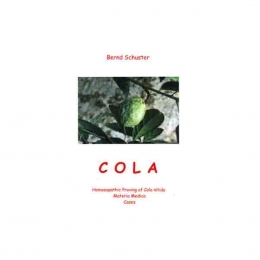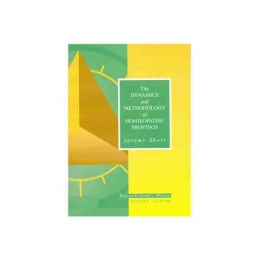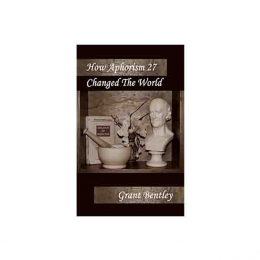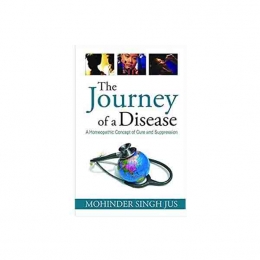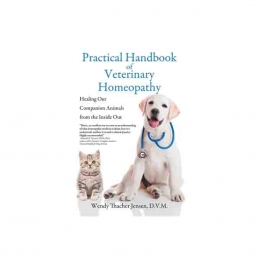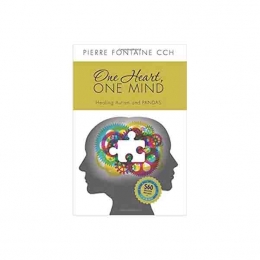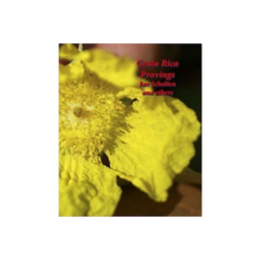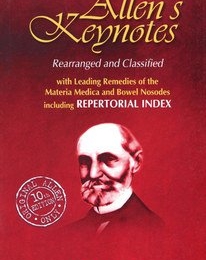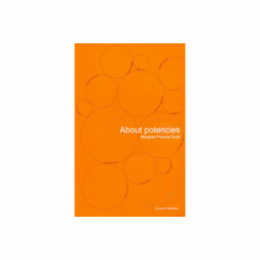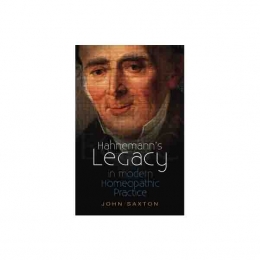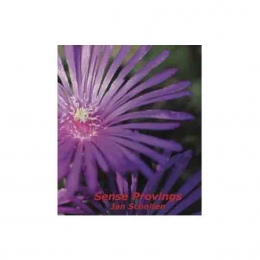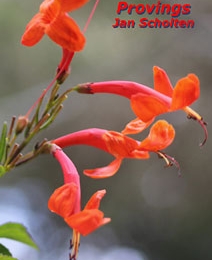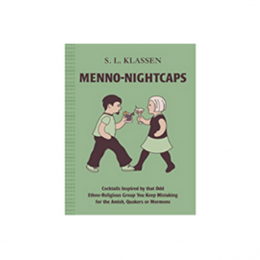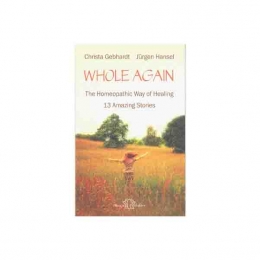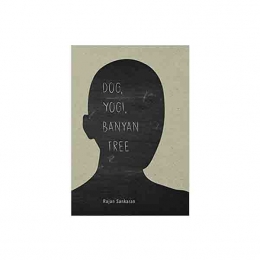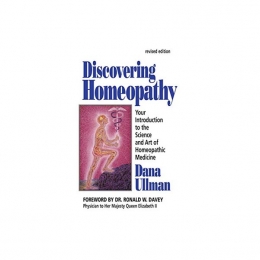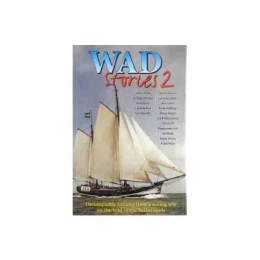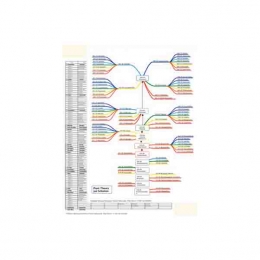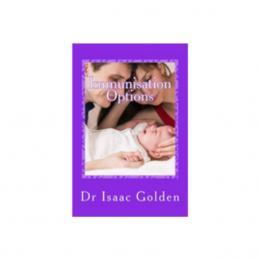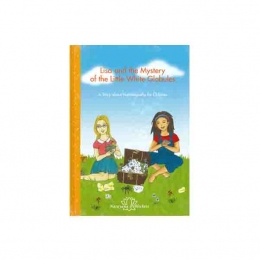Cola - Homeopathic Proving of Cola nitida, Materia Medica, Cases - Bernd Schuster, 1999
The new remedy Cola belongs to the group of drug remedies. Drugs are often used to heighten or expand perception, to enable the user to cross boundaries which Nature has set to the human powers of perception. The drugs cannabis, coca (“sacred plant of the Incas”), cola (“food of the gods”) and peyote (“flesh of God”) are seen as “divine substances” which create a link with the gods and spirits.
This full Hahnemannian proving with 23 participants revealed feelings of invincibility, the idea of being able to carry the whole world on one’s shoulders, or being able to see through the material person into the innermost being or read a person’s thoughts, i.e. mainly divine qualities and abilities which the provers ascribe to themselves, thus demonstrating a delusion of grandeur.
Insatiability is a central idea of the remedy (“I am like a bottomless pit”). The new remedy shows and effect in eating disorders (Insatiability and fear of being poisoned), mania and hyperactivity, disturbance of sugar metabolism, gastrointestinal illness with diarrhoea, problems with self-confidence, depression, sleepiness (fatigue), anxiety dreams and migraine. In Cola patients I have found a history of drug-taking with heroin, LSD and cocaine, a history of dipsomania or food abuse with others.
Bernd Schuster is classical homeopath and psychologist. With Bamboo he added an important remedy to homeopathic Materia Medica. Cola is his second homeopathic proving.
305 pages, paperback

